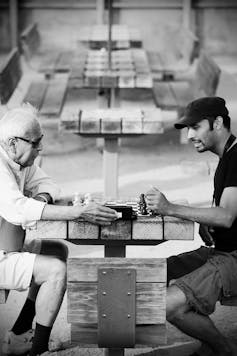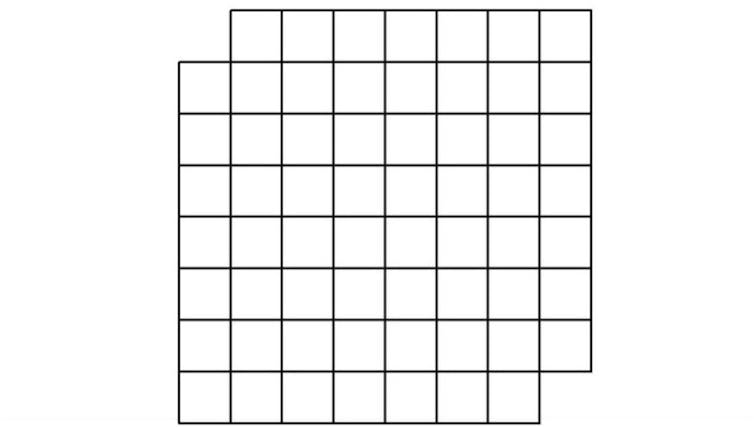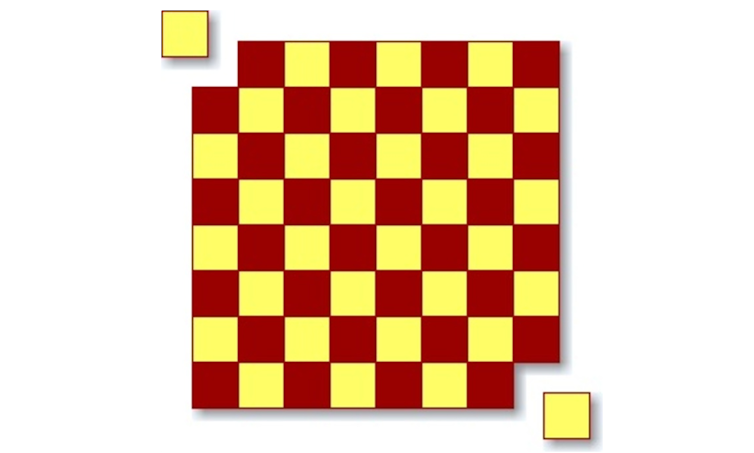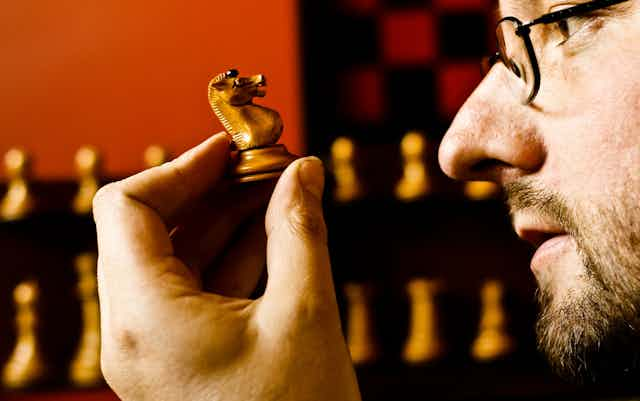In the spirit of the current world championship bout between Norwegian grandmaster Magnus Carlsen and Indian grandmaster Viswanathan Anand, we should seriously consider the role of chess in how young students learn mathematics.
The two activities have plenty in common. In either, one’s success relies strongly on the ability to be creative under some set of rules.
Beginners in both maths and chess seem to play only for the rules, for they don’t really understand much else yet. In maths, this means swinging the algebraic sword blindly in the hope of making progress. In chess, making any legal move is enough for a beginner, so long as their piece can’t be immediately taken.
Playing either game this way seems fine at first, for if the teacher has the right experience then the newbie will be punished or rewarded accordingly, and will shape their ideas and strategy for the next time around.
Though while chess has maintained huge popularity worldwide, the allure of doing maths seems lower than ever.

And if we think about the reasons for which we bellow the importance of maths – critical thinking, decision making, mental agility – it seems surprising that chess isn’t routinely taught in maths classrooms across the country.
Perhaps other mathematicians would want my blood for suggesting such a gambit, but learning chess could actually have a two-fold effect. Not only could we impart the aforementioned skills through something which more people seem to enjoy, but we might able to transition students to maths through chess.
Students of chess use symbolic notation to record their moves, arithmetic to add up their points and creativity to win position and pieces. And plenty of new ideas in maths could be first taught under the framework of chess.
Let’s have a look at a couple of excellent examples.
Fewest queens, please
In high school, advanced students who undertake a course in calculus will get to see the idea of constrained optimisation. A typical problem they will be (gently) forced to answer is this:
A farmer has 100 metres of fencing and wishes to build a rectangular paddock. What are the dimensions that will maximise the area of this paddock?
The point is to maximise the area under the constraint of having a fixed amount of fencing. At any rate, some techniques from calculus can be used to solve this (for those who don’t know, the farmer should build a square paddock with lengths of 25 metres).
But you don’t have to be a student of calculus to appreciate (or even attempt) the following constrained optimisation problem:
What is the minimum number of queens that can be placed on a chess board so that every square is being attacked by at least one queen?
Here we are trying to minimise the number of queens, under the constraint that every square must be attacked. (Queens are able to move any number of squares vertically, horizontally and diagonally.) After some experimentation, one solution that students might propose is the following:

But other students will soon point out that this isn’t the minimal number of queens. In fact, we only need five queens to do this:

Sure, they won’t go straight to the solution of five queens. This will be achieved through the same means by which most high level maths is done: mathematicians will play with the problem to gain a deeper intuition before working towards and proposing a solution.
Not only can mathematical concepts be illustrated through the game of chess, but sometimes experience with chess can solve mathematical problems.
The mutilated chessboard
The following is one of my favourite questions to ask high school students:
Consider an 8 x 8 grid with the top-left and bottom-right corners removed:

Is it possible to tile this mutilated grid perfectly using 2 x 1 dominoes?
If you haven’t seen this problem before, then you should have a good think about it. It’s very rewarding.
High school students draw up the grid and try all sorts of tilings. At any rate, they struggle to find a tiling, and so propose that there isn’t one. But the point is for them to convince me through sound argument of their proposition.
After letting them suffer for some time, I ask them to consider a chessboard instead of a grid. It’s actually the exact same problem; we’ve just given it some colour.

And then it all falls into place. It’s definitely impossible to tile the chessboard (and thus the grid) and here’s why.
By removing the top-left and bottom-right squares, we have deleted two white squares, and so there are now two more black squares than white ones. But notice that every time we place a domino on the board, we cover up exactly one white square and one black square. So there will always be two more black squares.
If we get to the end of any tiling, we will have two black squares left over, and it will not be possible to place a single domino to cover these together. Therefore, a tiling is impossible.
The beauty of this problem is that it remains the same, regardless of whether it’s on a grid or chessboard. The latter object, however, allows an elegant proof to be given.
Your say
At any rate, one can not deny the polar popularity of maths and chess, nor the strong connection between them. But it would be interesting to hear what the readers think: would chess be a useful thing for young unconvinced students of maths to learn and play?

